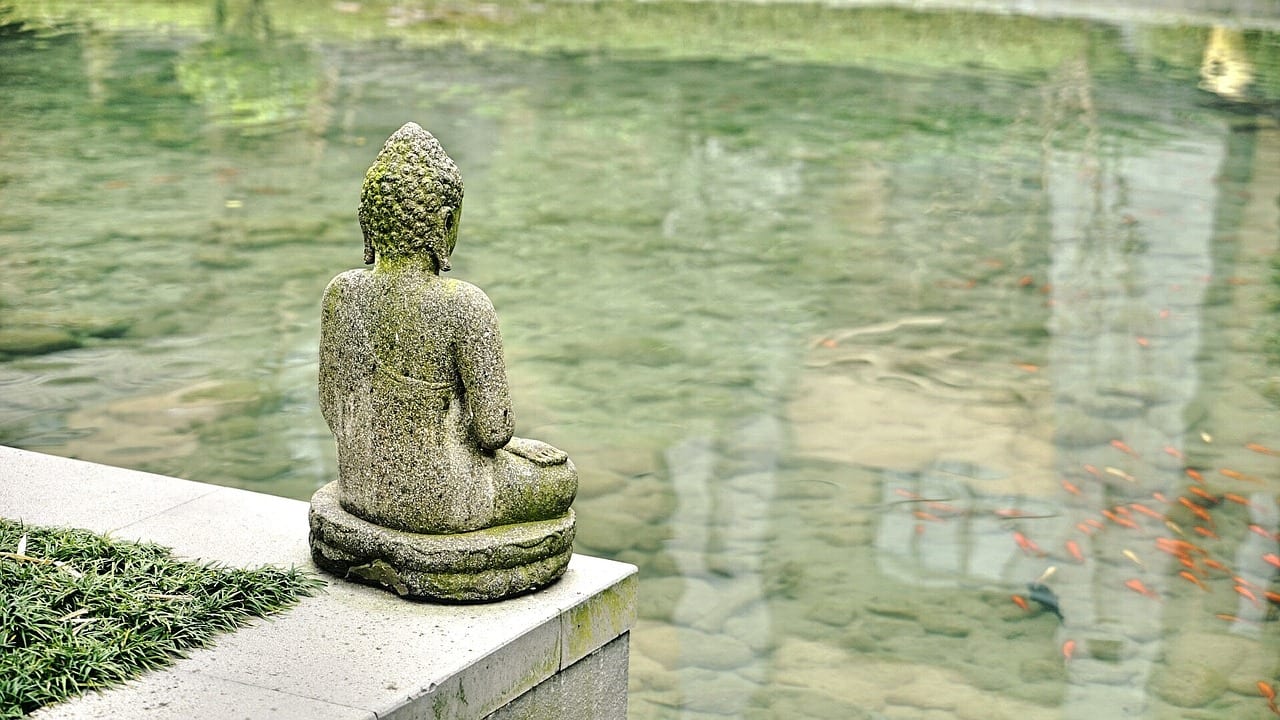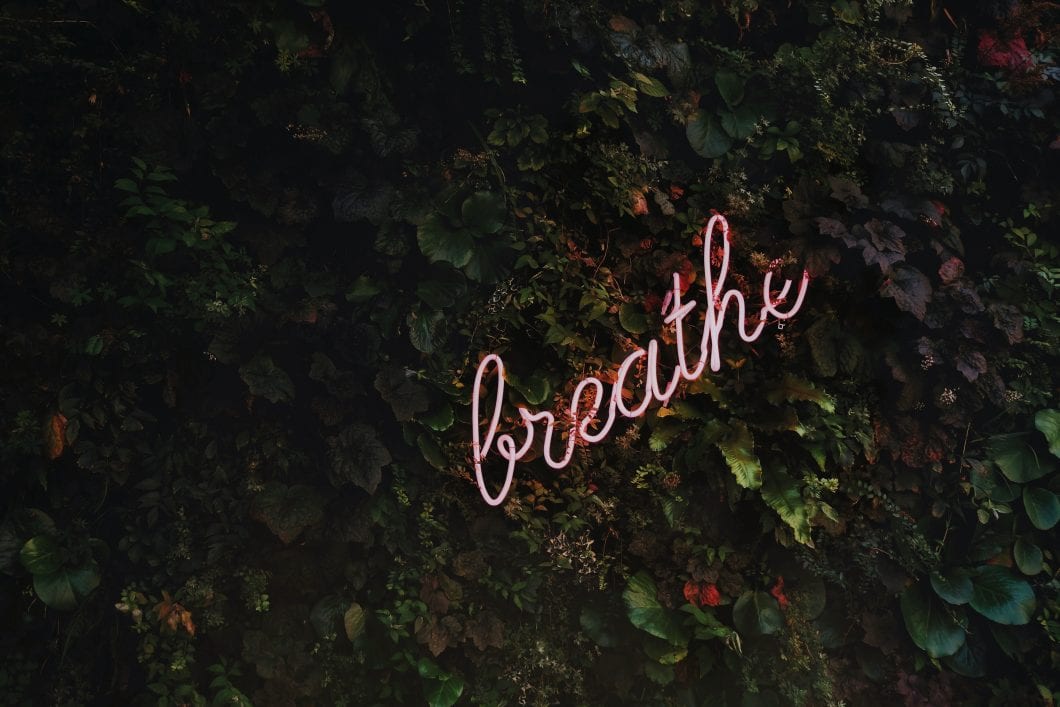If you’re one of the growing numbers of people who suffer from anxiety, then you know how debilitating it can sometimes be. But in a fast-paced world of advanced technology, competing demands, and pharmaceuticals – meditation for anxiety can be the treatment that you need, and it only takes a few minutes to do.
It all starts with just one breath.
Meditation for Anxiety

Jumbled and twisting, panicky and frantic – the anxious mind can leave you feeling strained, exhausted, and overwhelmed. Although we’re all prone to troublesome thoughts once in a while, living with chronic anxiety presents an entirely unique challenge. Because your body’s physiological “fight or flight” response is constantly heightened, it makes even the simplest of tasks a struggle.
However, there is hope. Your body is also equipped to counteract tension and stress, and it achieves this by activating the parasympathetic nervous system. This mechanism keeps your mind calm and anxiety-free, softly soothing the stress in your body. And the best way to attain this calmness is through meditation.
Meditation helps to quiet your overactive mind, bringing you into a deep state of stillness. When you’re in this state, your life is no longer dictated by your fears; your ruminating thoughts are released, and a profound sense of peace washes over you. You drink from the silence, and you are refreshed and renewed.
Meditation Exercises
Unlike your busy lifestyle, meditation urges you to slow down. Rather than dividing your attention among several different things, you maintain a singular focus while improving your ability to concentrate.
Concentration meditation is the easiest meditation exercise, and it’s also the most common. With this type of meditation, your focus is on a single point. Most people choose to focus upon their breathing, but you can also repeat a word or mantra, stare at a flame, listen to a repetitive sound, or count in succession. You may choose to meditate in silence, or you can play relaxing music. If you notice your mind beginning to wander during meditation, simply refocus your attention onto your chosen object, and let go of any emerging thoughts. The more you meditate, the stronger your ability to concentrate becomes.
Follow these steps to begin your meditation practice:
- Move into a seated or lying down position. Make sure that you are comfortable yet alert.
- Close your eyes and remain still.
- Breathe normally. Don’t try to control your breathing, but rather, breathe naturally.
- Focus on your breathing, and feel the sensation of each inhalation and exhalation. Bring your full attention to each breath.
- When you come to the end of your meditation, keep your movements slow and unrushed. Your limbs may feel heavy, so take this time to ease into your surroundings. Be gentle and gradual.
Meditation helps to quiet your overactive mind, bringing you into a deep state of stillness. When you’re in this state, your life is no longer dictated by your fears; your ruminating thoughts are released, and a profound sense of peace washes over you.
Learning meditation for anxiety only takes a few minutes and you’ll reap the benefits quickly, so try meditating for two to three minutes to start. As you become more accustomed to it, you can extend the length of your meditations and feel an even greater sense of awareness.
Guided Meditation
If you’re struggling with meditation, or you find it difficult to focus, guided meditation is an excellent option.
As the name implies, you are meditating with the help of a guide – either in person or through text or audiovisual recordings. Using carefully worded instructions, the guide directs your thoughts, leading you into a place of calmness and relaxation. With guided meditation, knowing how to meditate isn’t necessary; the only skill that’s required is listening.
But this form of meditation isn’t just for beginners. More experienced meditators may choose to use a guide to help them reach deeper levels of meditation, strengthening their abilities and delving even further into their minds.
Breathe In, Breathe Out

While you’re meditating, please remember: you don’t want to fight your anxious feelings. Battling against them may aggravate your anxiety, for what you resist persists.
Instead of giving attention to your anxious feelings, place your attention elsewhere (e.g. your breathing), and sustain that thought. You can’t think two thoughts at once, so use that knowledge to your advantage. Rather than amplifying your feelings of anxiety, magnify the rhythmic sounds of each breath. Continue to do so until those feelings are reduced to a distant chatter – or become silent altogether.
With regular practice, you’ll find that meditation will not only alleviate your anxiety, but it will also help to lessen your fatigue and exhaustion, raise your self-confidence, improve your brain function, and bring you back to your lovable self.
So close your eyes use meditation for anxiety. Breathe in… then breathe out.
If you’d like to try a guided meditation, or build a meditation habit, look no further than the Fabulous app! We have a Meditation Challenge that we think you’ll love.



